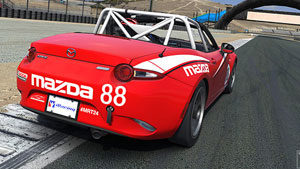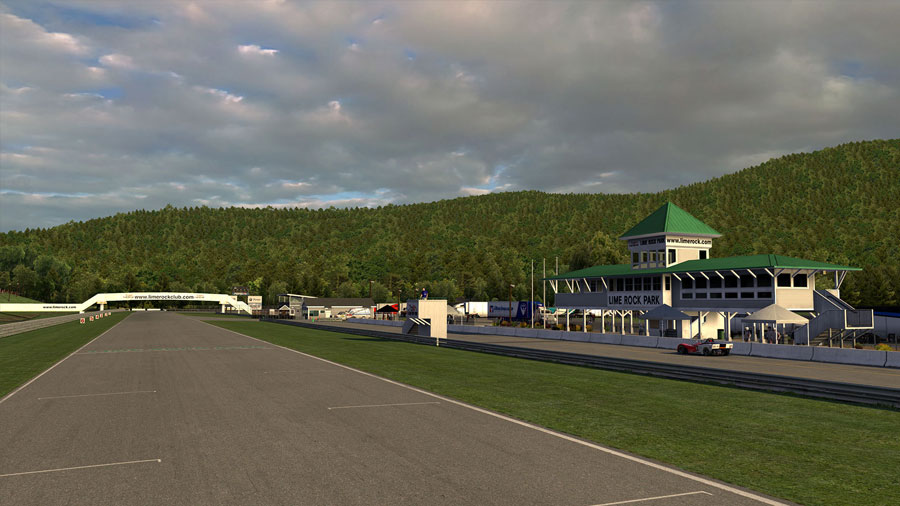 Written with the expert advice from driver coach Martti Pietilä.
Written with the expert advice from driver coach Martti Pietilä.
With your first season about to begin or underway, it’s good to know what you may want to expect from yourself, both short and long term. This will help you stay motivated and progress on a clearly defined path.
Two ways to progress
There are two ways to move forward in your iRacing career. ‘Vertically’, so to say, you can move to a new series, which is enabled by a promotion to the next license class (there’s Rookie, D, C, B, and A). You can also stay within a series and progress ‘horizontally’, based on iRating.
Both, to an extent, have the same effect, meaning you move up the ladder and will be drafted in with quicker and more experienced drivers.
First season
Regardless of where you go, your first season should be spent in the Production Car Challenge or the MX-5 Global Cup. Attendance is probably highest in the latter, as it’s seen as iRacing’s equivalent to karting. In the sense that it’s the ultimate grassroots series, so we highly recommend the MX-5 Global Cup.
The goal of your first season in one word: mileage. Try to focus on enjoying the races and getting to the finish with all the parts still on your car. There’s no point in trying to overdrive the car and getting demotivated from the struggle and lack of pace, nor is it useful to risk getting involved in a crash.
There isn’t a championship at stake here, you need mileage and seat time most of all, as that’ll make you a better driver. Don’t make a name for yourself as a wrecker. Key points (for any season in a new series): enjoy the driving, get to the finish and slowly build up your speed.
If you feel you’re on the pace and driving well, you can progress up the ladder of motorsport. If not, just do another season of the same series and see what else you can learn. Progressing only makes sense if you’ve learned enough. If you’re advancing too quickly, you’re going to get in cars above your skill level and you’ll lose iRating, Safety Rating and eventually, motivation. It’ll only get tougher. This advice applies to any season end, not just your first season. It is not advisable to change series mid-season. It takes time to get used to a car.
Progressing vertically (to a new series)
If you’re wanting to move on from the MX-5 Global Cup, it’s a good idea to plot out your ‘end-game’. Where do you wish to go? There are a few series which make claim to being the most prestigious in iRacing, such as the Grand Prix Series (and its World Championship Grand Prix Series), and the Blancpain Endurance Series (and its World Championship version).
Because of iRacing’s rating mechanism, competition is high in any series, so don’t look for competitiveness. Ask yourself: do you prefer to race open wheelers, road cars, touring cars, endurance or GT3 sprint races?
Open wheeler drivers, your route should be like this:
Skip Barber -> Star Mazda or Formula Renault 2.0 -> MP4-30
For endurance races:
Grand Touring Cup > VLN Endurance Championship > Proto GT Series > Blancpain Endurance Series or Neo Endurance Series (a very well-run unofficial iRacing series)
For GT3 sprint:
Grand Touring Cup > VLN Endurance Championship > Proto GT Series (don’t use the HPD) > Blancpain Sprint Series
Multiclass series:
VLN Endurance Championship > Proto GT Series or Kamel GT > IMSA or Neo Endurance Series (a very well-run unofficial iRacing series)
Progressing horizontally (within your series)
If you like a series, for instance the MX-5 Global Cup, you can stay within the series and climb the iRating ladder, to compete against better drivers.
Since rookies start with 1300 iRating, you’re not going to come across many rookies if your iRating is above 2000, unless there are no ‘splits’.
When more people sign up for a race than the grid can handle, the race ‘splits’, and the half with the highest iRating gets drafted in together, and the same for the half with the lowest iRating. A single race can be split multiple times. If your iRating is high, that’s better, because you’ll be with more drivers equal to your iRating. It’s a great way to learn and see if you can progress. During the weekends, there will be plenty of races with an average participant iRating (or SOF – strength of field) of at least 3000.
Yet we believe that if you’re new to iRacing, you probably want to progress to a higher class series. We’d also recommend this if you want to race at an elite level eventually, because you’ll develop much more as a widely skilled driver by driving different vehicles. You can always return to racing series like the MX-5 Global Cup on a higher level, once your iRating has increased.
Motivational goals
Goals should keep you motivated, but keep them realistic. Do you want to be the best in iRacing? That means a multi-year commitment of several hours per day, no slacking (this is only for a rare few).
Everyone should have a long term goal, specific for them. Maybe you want to practise for real life racing, maybe you want to win a Blancpain Sprint championship. Whatever you want, it’s important to realise that iRating and especially License / Safety Rating are not necessarily great end goals (there are way too many ways to game the these ratings).
A good short-term goal is reaching the top twenty in your division of that season in a particular series. Divisions are basically rankings within series, determined by your iRating at the beginning of the season. This means your division consists of people at your level, and as a result this is almost always an achievable goal.
The division ranking takes your best result (out of 4) from the week and uses that in the series standings. Perhaps at first it may feel like you have no chance, but as the weeks go by, your pace will increase, others will drop off, and drop weeks come into play, so only your best 8 weeks out of the 12 weeks count. Try to become champion of your division as an ultimate goal.
Up to you:
Think about where you want to go, and let this all motivate you, let it push you harder!
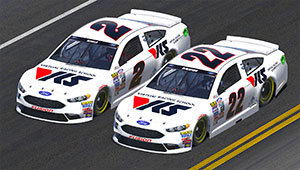 With the growth of VRS and the positive feedback that we’ve received on our driver improvement software from road competitors on iRacing, we’ve been frequently asked when ovals would be covered by the VRS platform. One requirement for us was always to work with the best coaches, to allow our users to compare their data against the best drivers on iRacing. If that wouldn’t be possible, why bother?
With the growth of VRS and the positive feedback that we’ve received on our driver improvement software from road competitors on iRacing, we’ve been frequently asked when ovals would be covered by the VRS platform. One requirement for us was always to work with the best coaches, to allow our users to compare their data against the best drivers on iRacing. If that wouldn’t be possible, why bother?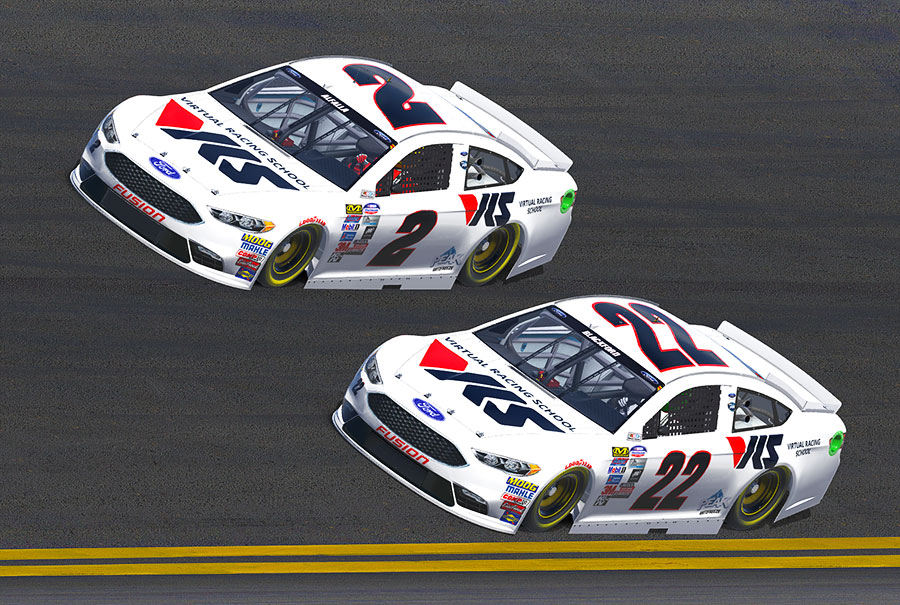

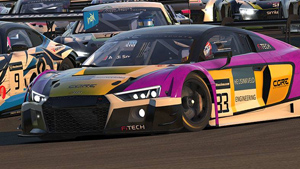 Meet Alexander Voß: one of the top drivers in endurance sim racing, and driver of CORE Motorsports, a sim racing team that uses VRS, and a team that is making inroads in iRacing’s competitions, coming second in last year’s Blancpain Endurance Series, and winning the iRacing VLN championship, as well as the ADAC Sim Racing Trophy.
Meet Alexander Voß: one of the top drivers in endurance sim racing, and driver of CORE Motorsports, a sim racing team that uses VRS, and a team that is making inroads in iRacing’s competitions, coming second in last year’s Blancpain Endurance Series, and winning the iRacing VLN championship, as well as the ADAC Sim Racing Trophy.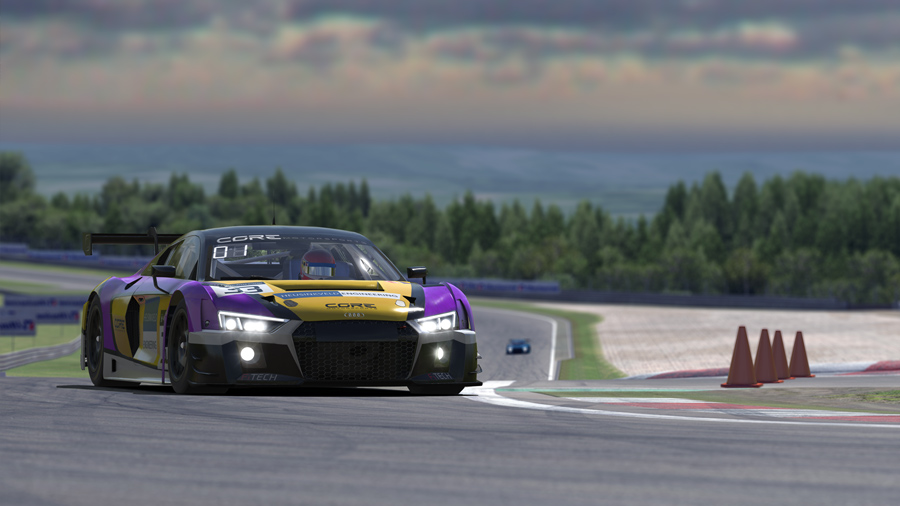
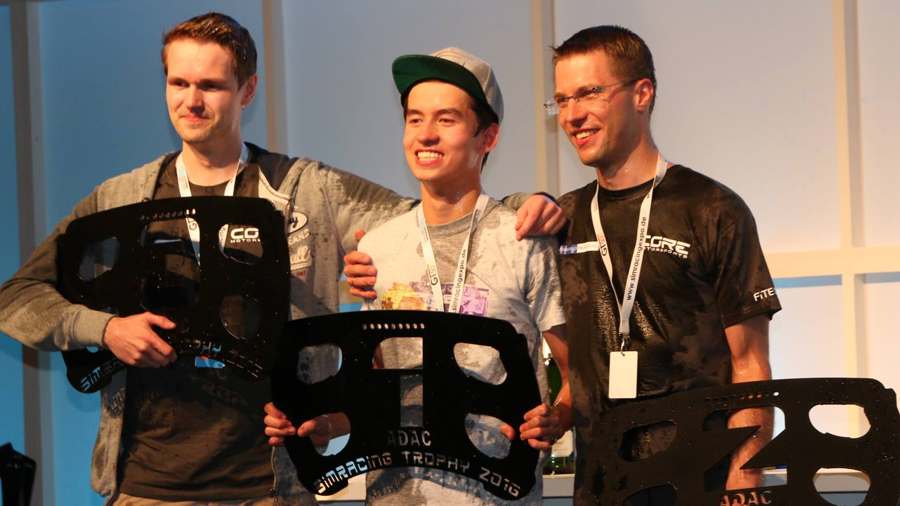
 Written with the expert advice from driver coach
Written with the expert advice from driver coach 